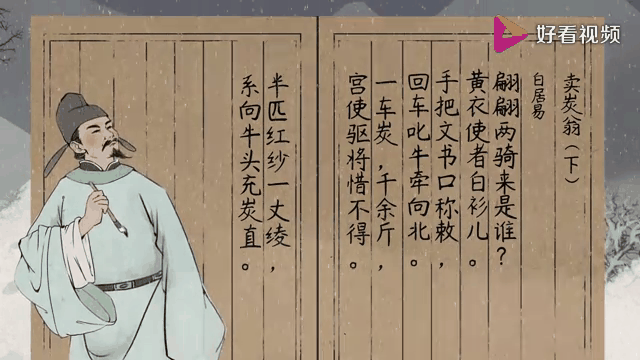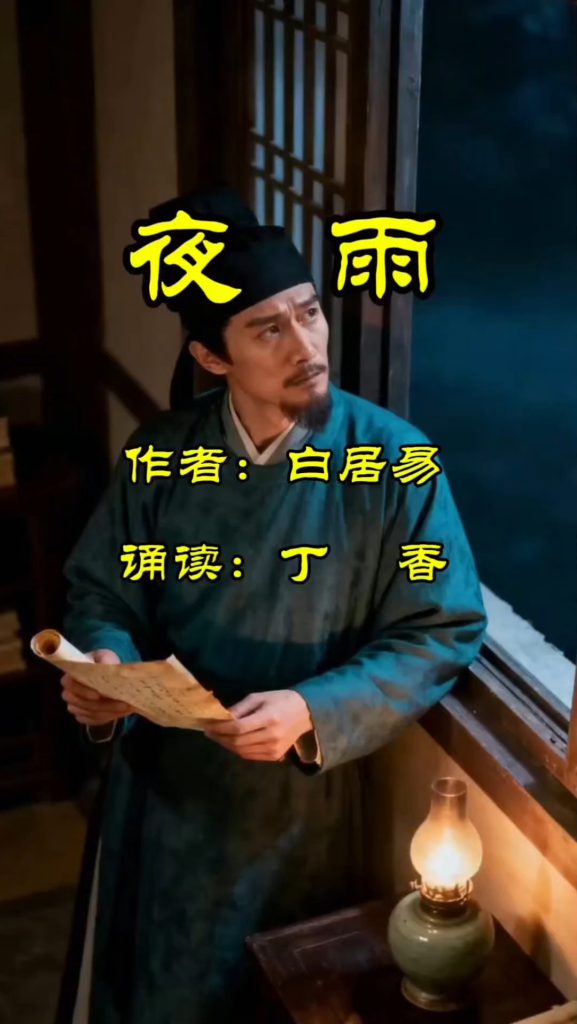How did Princess Anding, the eldest daughter of Li Zhi and Wu Zetian, die in the end? Interested readers and history encyclopedia editors, let’s take a look together!

In the first year of the Linde era (664 AD), Princess Anding was posthumously honored with the posthumous title of Si. Her braille book and burial requirements were equivalent to the rank of a prince, and she was relocated from Deye Temple to Chongxin Temple. Her death caused Emperor Gaozong Li Zhi to hate his wife, Queen Wang, to the bone and directly led to the later event of the deposed empress. Therefore, Wu Zetian, who was still in the Zhaoyi era at that time, became the biggest beneficiary of this event.
In historical documents, the “Old Book of Tang” and “Tang Huiyao” written in the Five Dynasties period only recorded the sudden death of the little princess, while the Song Dynasty documents “New Book of Tang” and “Zizhi Tongjian” proposed that Wu Zetian herself was the murderer who killed the little princess and framed the empress dowager. Wu Zhaoyi gave birth to a daughter, and Empress Wang doted on and played with her. After the Empress walked out, Wu took advantage of the absence of anyone to strangle the girl and covered her with a blanket. Coincidentally, Emperor Gaozong arrived, and Wu pretended to laugh. She opened the blanket and looked at the child together, only to find that her daughter had already died. Wu cried. When asked about the situation with the people around him, they all said, “The Empress just came here.” Emperor Gaozong was furious and said, “The Empress killed my daughter!” Wu Zhaoyi then wept and scolded the Empress for her wrongdoing. The empress was unable to explain herself clearly, and from then on, Emperor Gaozong had the plan to depose the empress and establish Wu Zhaoyi as his successor.
However, in the eyes of outsiders, this matter is completely unreasonable. As the mother of a country, what reason does Queen Wang have to kill the daughter of a favored concubine? Even if it’s really jealousy, the target should still be Prince Hong. Some people speculate that the infant mortality rate was relatively high at that time, possibly due to the wet nurse burning too much charcoal, causing the little princess to die from carbon monoxide poisoning (i.e. carbon gas poisoning), or the Queen did not bring a child and accidentally covered the little princess’s face with a blanket and left, suffocating her to death. These statements cannot be said to be unreasonable, but they seem somewhat far fetched. Therefore, a long-standing belief is that the real culprit is actually the biological mother of the little princess, Wu Zhaoyi.

There are two reasons for this claim: firstly, the entire princess’s sudden death occurred in Wu Zhaoyi’s own bedroom, and Wu Zhaoyi had the ability to do it without anyone noticing. So she should also be one of the key suspects, and cannot be excluded from the list of culprits just because she is the princess’s biological mother; Secondly, Wu Zhaoyi’s usual style is steady, but it does not mean that she dare not take risks. The fact that she dared to have an affair with the Crown Prince even when Emperor Taizong was seriously ill proves that she had the determination and courage to take a risk in search of a way out when her life was at a bottleneck. Therefore, without such a move of killing the princess and blaming the Queen, it would be difficult for her to take any further steps towards the position of Queen.
As historian Mr. Hu Ji once said, “Many people doubt the credibility of Wu Zetian’s killing of her daughter. How could a mother have the courage to kill her own daughter? If Wu Zetian could be treated rationally like an ordinary person, then she would not be considered Wu Zetian. Under the circumstances at that time, unless Wu Zetian used palace conspiracies to step on her daughter’s young body, it would be difficult for her to advance to the position of empress. Since there was no way out, she would never be content with her own fate. Therefore, the act of using poison to blame others was the most unreasonable and unreasonable



